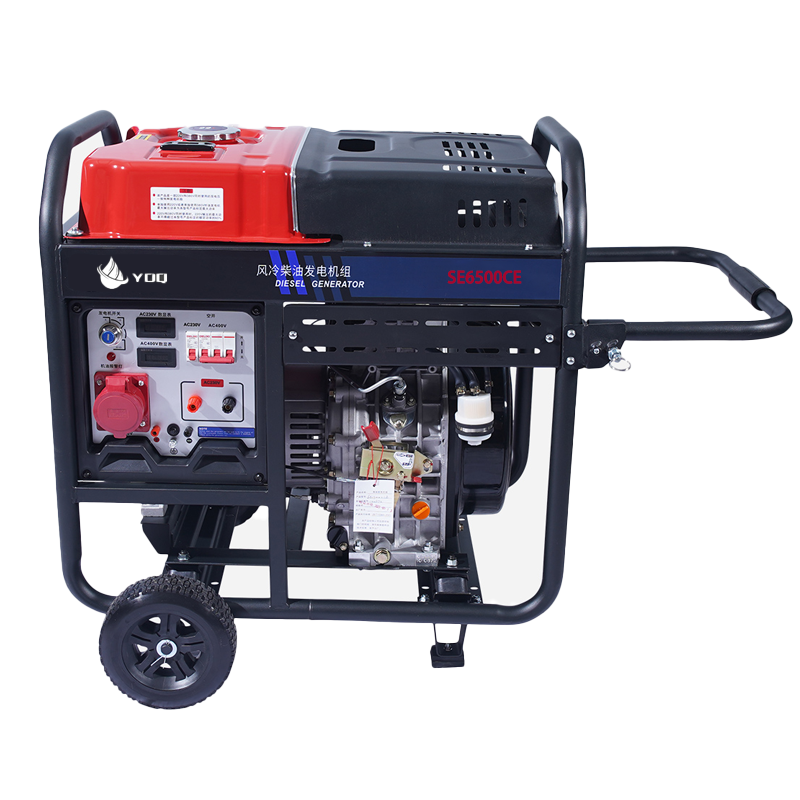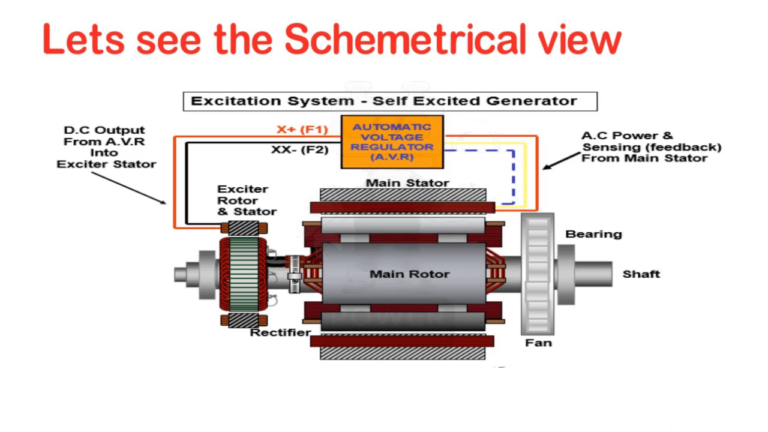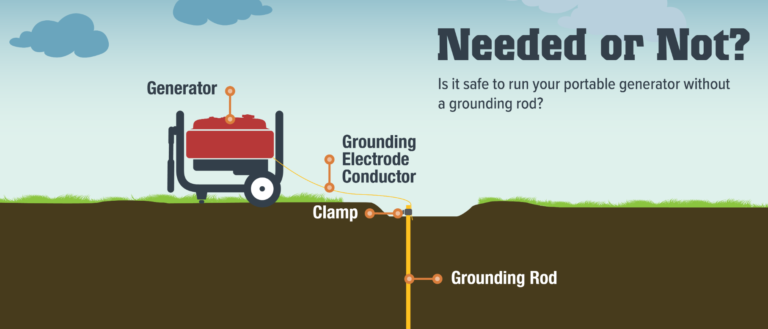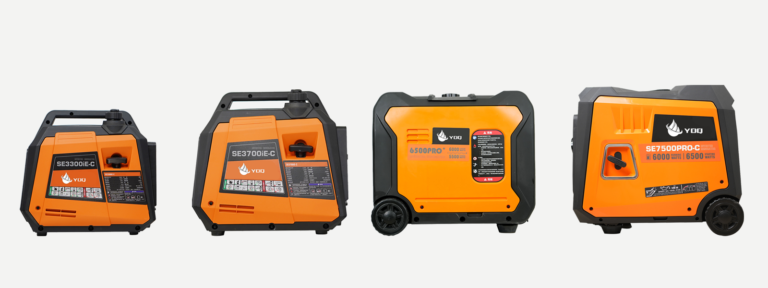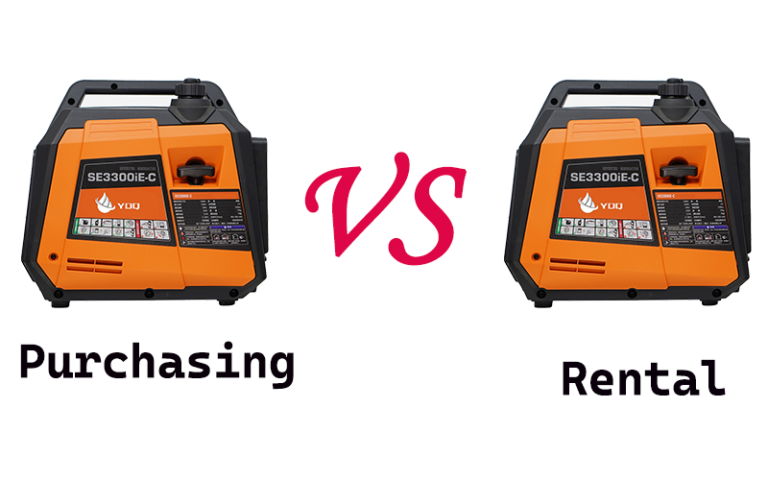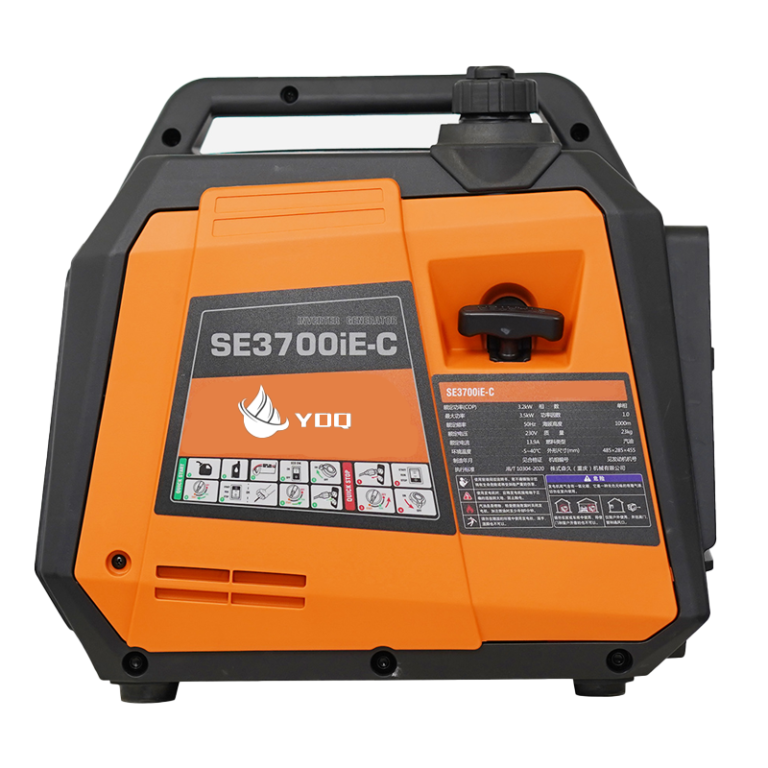Portable generators can provide emergency power in the event of a mains power outage, especially when the national grid is out. It does not necessarily need to provide power to all the appliances in the home, it only needs to power some basic household appliances, such as lighting, TV, refrigerator, etc. Appliances such as electric stoves, air conditioners and tumble dryers use too much electricity. If you need to power these appliances at the same time, you need to carefully choose a generator with the right power.
After we purchase the generator, how should we connect the generator to the equipment we need to power? Here we have two options to choose from. However, you must first consult local professionals before proceeding. Because electrical work can be very dangerous, if you’re not sure what you’re about to do, it’s best to call in the help of a professional.
Option one connect devices
Determine the basic appliances you must have in your home. Determine the size of the generator based on the total operating power of the equipment to be powered. For example, a gasoline generator with a power rating of approximately 3,500 watts can provide power for lighting, televisions, fans, and refrigerators or freezers. The rated power is usually marked on the generator body

Make a list of the appliances and electrical equipment you plan to use and look at their “wattage,” or power requirements. For example, the power of a common microwave oven is 1500 watts, but the entire lighting circuit using energy-saving lamps may only require 150 watts. The refrigerator is about 1200-1500 watts, but has a starting capacitor that increases the wattage momentarily when the compressor starts.

Select a connection system. There are several wiring systems you can use to connect your generator to your home. There are two main wiring systems introduced here. Contact your local department of labor and industry, planning department, or power company to see which systems are legal in your area. Consider interlocking kits. These kits are relatively simple to install yourself and are the cheapest way to do it. Achieving a safe installation also requires having a few extra switch mounting spaces in your original switch box, or installing a new switch box, which must be done by a professional.

Install the input socket connection box. This connection box is mounted outside the house and has a recessed plug (the pins stick out, not the holes they plug into). It needs to be connected to the panel system installed in your home. Installation should be done by professionals, both for your safety and to ensure that the system meets code requirements. If it is not installed by a professional, your home insurance may not cover your claim, your city may issue a hefty fine, and you may injure yourself or others.

Keep your family safe. You can find a lot of advice and instructions online for hooking up a generator, but they are not safe and can put you at risk of injury, electric shock, or serious fire. Be sure to check with professionals in your city to avoid doing something that puts you or your family at risk. Some common prohibitions include: It is prohibited to connect a generator directly to a switch box without installing an approved transfer switch. Never connect a generator to a washer or dryer outlet.

Check the installation you did. Inspections are especially important if you have no electrical work experience. You want to make sure your family is safe and that in the event of a fire, the insurance company won’t challenge your claim because of “wrong wire connections.”
Option two plug in the connected generator
Place the generator away from the house. You can run a cable connection and place the generator away from the house. This prevents the house from catching fire in the event of a generator accident and avoids deadly carbon dioxide poisoning from generator exhaust. This is a basic safety precaution and should not be ignored.

Plug the generator into the connection box. Align the jack on the end of the generator cable with the pins on the connection box. You may need to turn the plug connector to complete the connection (usually about 15 degrees).

Plug the accessory cable into the generator. The generator should come with cables for connecting the generator to your home. Plug in the cable, select the voltage you want (if available), and complete the connection by turning the plug just like you did with the other end.

Check engine. Make sure the generator adjustment knob is in the correct position and that the engine has enough fuel. Depending on where you live, you may also need to use a glow plug to warm up the engine.

Start the engine. Start the generator engine according to the manufacturer’s instructions.
Switch systems. Go to the switch box, turn off the municipal power supply main switch, and then turn on the generator main switch.

Push up the circuit breaker. Push up the circuit breakers on the system you installed and turn on all electrical devices one at a time (slowly).

Return to municipal power supply. When it is time to return to municipal power, proceed in reverse order.











